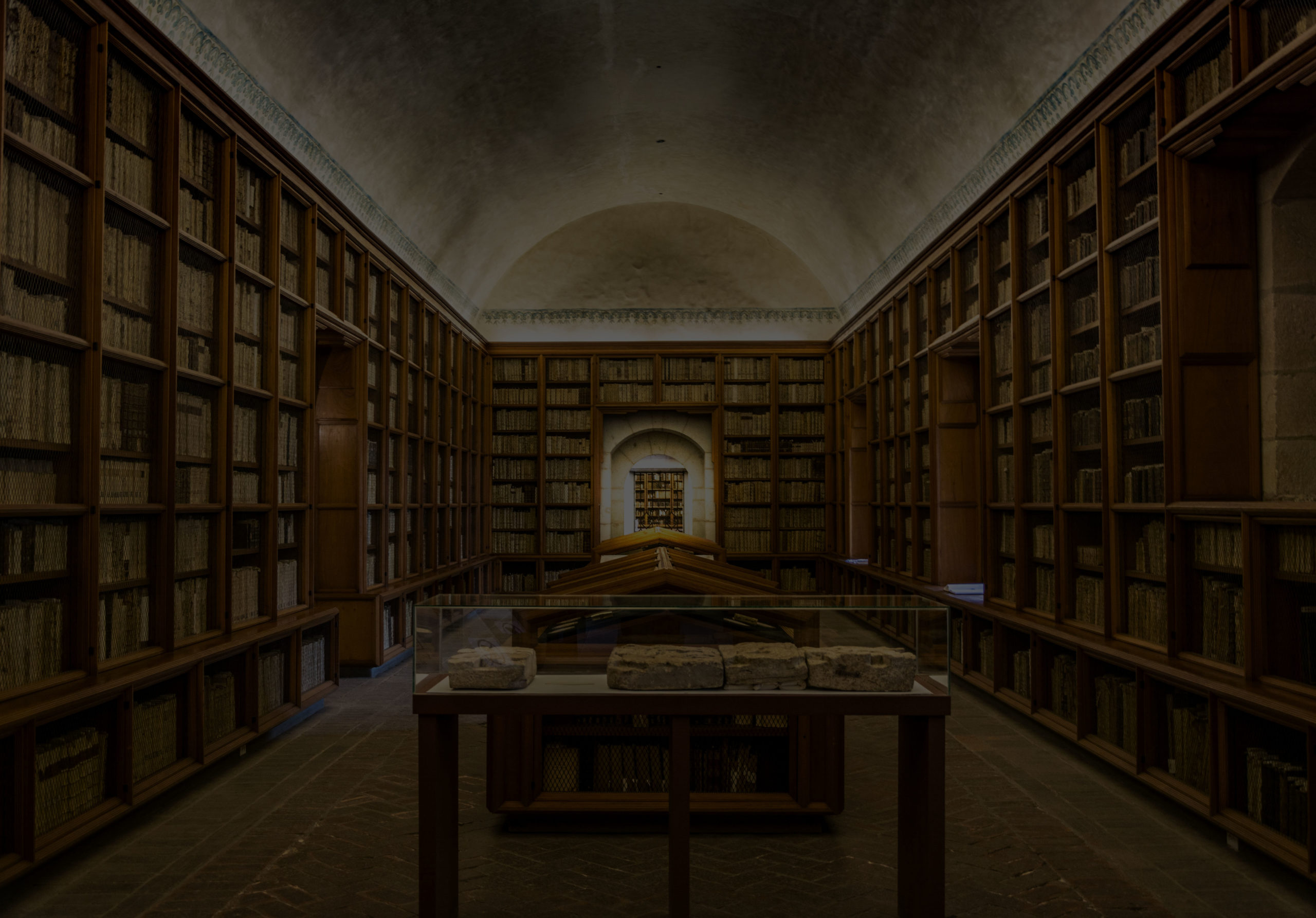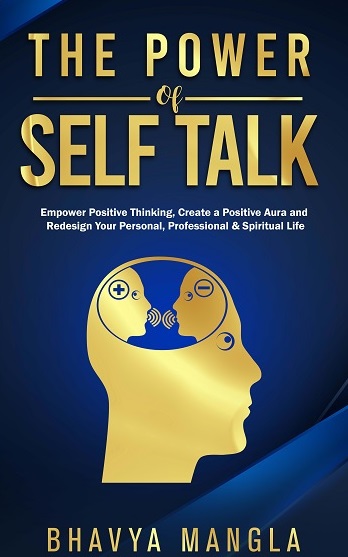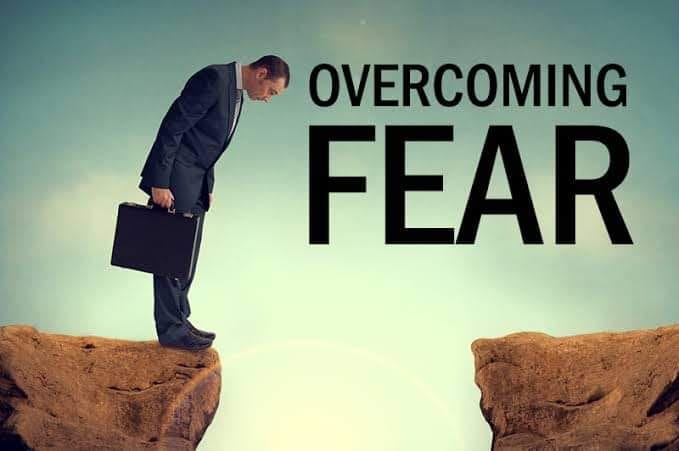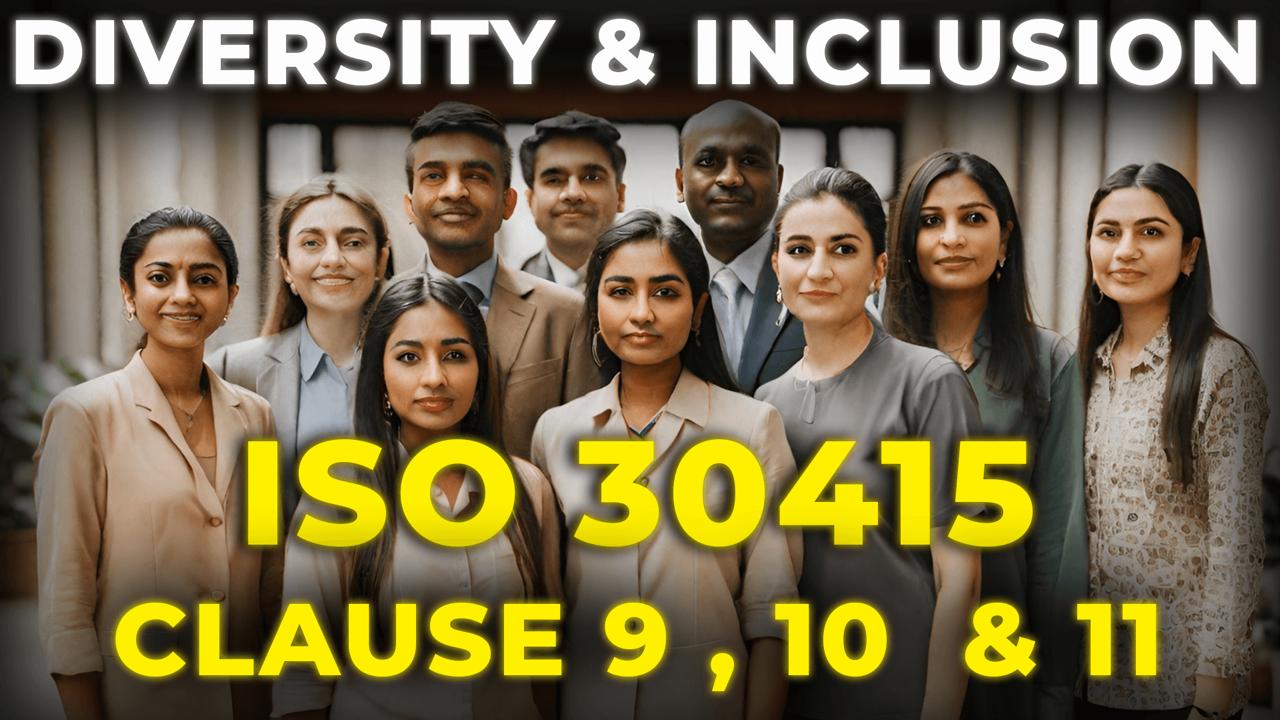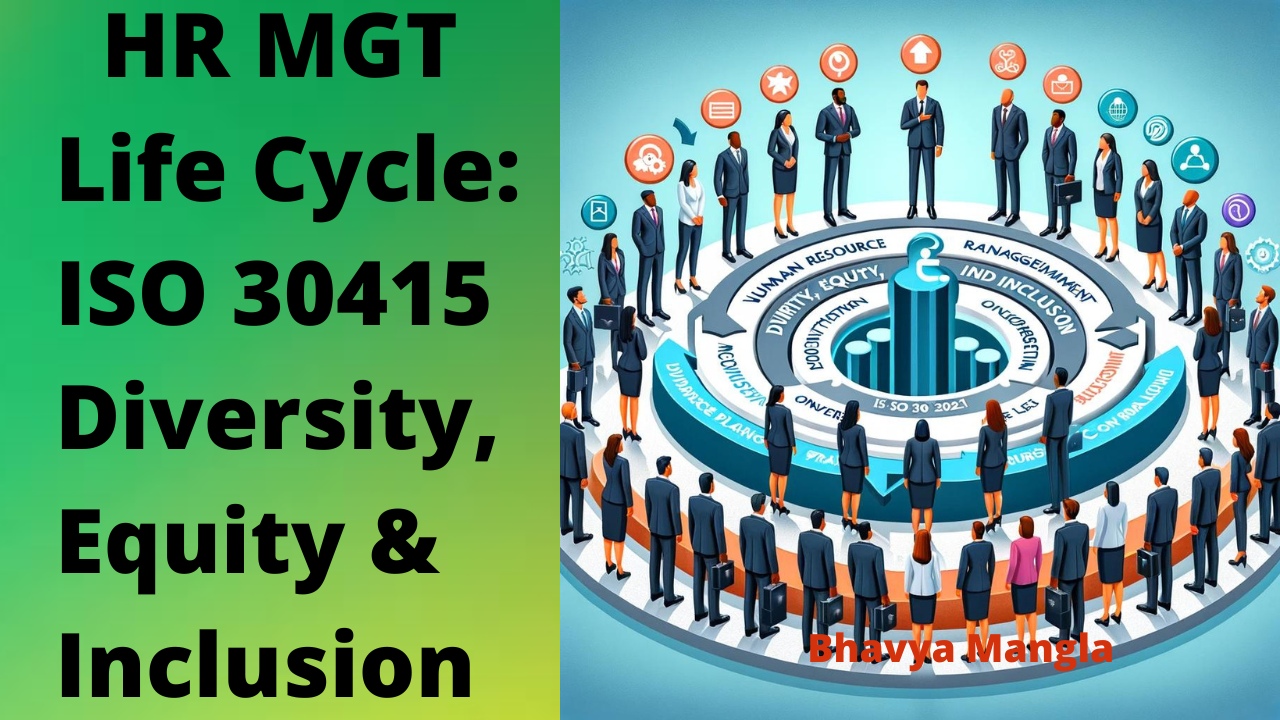“You have to be odd to be number one.” — Dr Seuss Introduction Chinese whispers is an internationally popular game in which messages are whispered from person to person and then the original and final messages are compared. This sequential modification of information is called transmission chaining in the context of cultural evolution research and is primarily used to identify the type of information that is more easily passed on from one person to another.
Story: Zen Master, Host and Earthquake (Source: Google Baba) A Zen Master and a few friends had gathered and they were eating and talking when suddenly there was an earthquake. The building that they were sitting in was a seven-story building, and they were on the seventh story so life was in danger. Everybody tried to escape. The host, running by, looked to see what had happened to the master.
“Race and religion do not separate people; ignorance does.” — Matshona Dhliwayo Introduction Universal design aims to create one experience that can be accessed and used to the greatest extent possible by all people. The design may address various topics, including accessibility, age, culture, economic situation, education, gender, geographic location, language, or race. Read More: https://bit.ly/DEIClause4 Content: Design, Supply Chain and Stakeholders: ISO 30415: 2021: Clause 9.0 to 11.0 What
Story: Buddha, Merchant and Khir (Source: Google Baba) Lord Buddha was camping outside a village. The news of him acquiring ‘The Divine Knowledge’ had spread like jungle fire. Wherever he went people came in large numbers to have a glimpse of him and to get his blessings. A rich merchant of the village met him one day. With folded hands, he requested Lord Buddha to teach him The Divine Knowledge. He
“Train people well enough so they can leave. Treat them well enough so they don’t want to.” – Sir Richard Branson Introduction The human life cycle refers to the various stages of development that humans go through from birth to death. While there can be slight variations depending on cultural, social, and individual factors, the typical human life cycle includes the following stages: Infancy, early childhood, adolescence, adulthood and end of
